How to Reduce the Cost of Cattle Breeding in the Cattle Industry
Date: 10/21/2020 08:38:10 From: feed-pellet-plant.com Clicks:
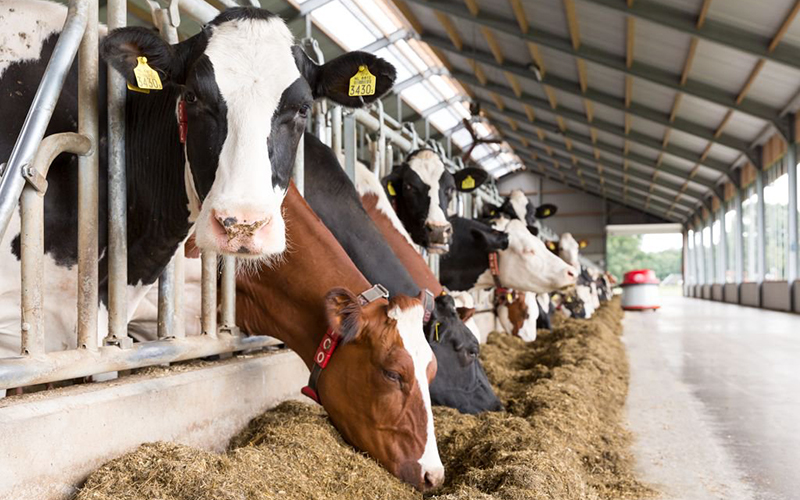
Cattle farm
In 2020, how to reduce the cost of cattle breeding is a problem that every cattle farm needs to consider. We know that feed costs account for a relatively large proportion, about 70-80%. If we reduce the feed cost of the cattle farm, the total cost will naturally decrease. In the long run, the best way to reduce feeding costs is to produce feed yourself. To produce feed yourself, you need to purchase a series of cattle feed pellet production line equipment such as feed pellet machine, feed mills, feed mixers, screening systems, and cooling systems. Of course, if the budget is insufficient, you can consider a cattle feed pellet machine. In addition, here are 10 suggestions for everyone to pay attention to.
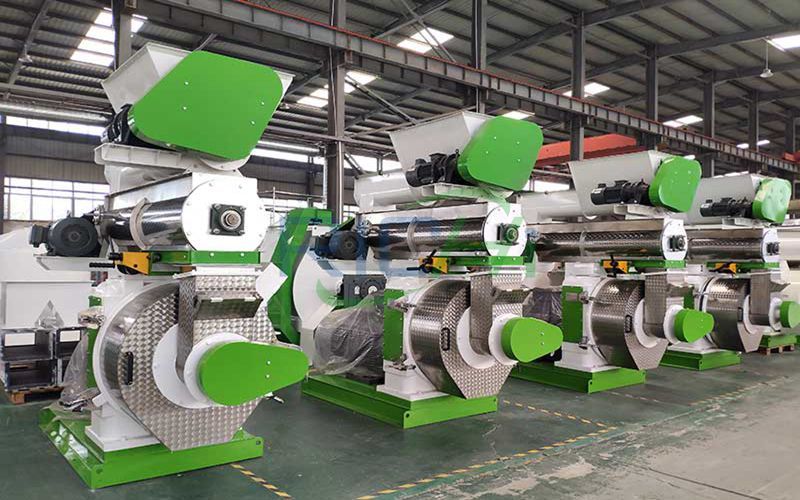
cattle feed pellet machines
1.Purchase cost. Purchase cost is often the largest single cost associated with a finished beef animal. Careful budgeting prior to purchase is extremely important in times of narrow margins. Good records of previous close-outs and past history of cattle from a source is useful in projecting cattle performance. Often the cheapest cattle may not be the most profitable depending on performance and efficiency. Use realistic cost and price projections when budgeting for new feeder cattle. Often periods of low prices and price volatility can create opportunities for the astute cattle buyer.
2.Feed additives. Ionophores like Bovatec, Cattylst, and Rumensin will improve efficiency 4 to 10 percent, depending on the type of ration fed. As feed costs increase, the payback for improved efficiency is much greater. Optaflexx (a beta-agonist) will improve carcass gain in the last 28 days of feeding.
3.Feed bunk management. Managing feed bunks more closely can improve efficiency by reducing the incidence of low level acidosis on high grain rations. Using a bunk scoring system, or some method to reduce feed waste, can pay greater dividends during periods of high grain costs. An added benefit may be more consistent performance and better efficiency by eliminating the day-to-day variation in feed consumption. Good feed bunk management also includes proper feed mixing and accurate weighing of feed ingredients. Look for an updated fact sheet on feed bunk management coming soon from the Iowa Beef Center.
4.Good records. Monitoring feedlot performance and costs allows producers to make midcourse corrections. This is particularly important as feed costs rise and cattle prices change. Knowing current costs of production is essential to making timely marketing and management decisions. Several feed companies and veterinarians provide feedlot monitoring as a service. The ISU Feedlot Monitoring Software version 3.0 is now available for this purpose.
5.Alternative feedstuffs. Even with low-cost corn, alternative feeds may help lower costs. Your best bet is to look locally for feeds that may have a transportation cost advantage in your ration. Corn coproducts may still be an opportunity but changes in the ethanol industry have introduced variability and changes in value.
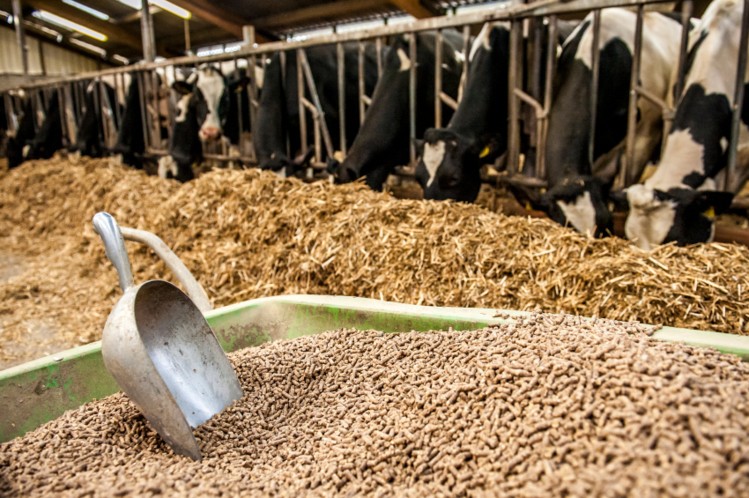
Nutritional feed pellets
6.Mineral supplementation. Evaluate your mineral supplementation program. Are you feeding a supplement or balancer that is complete with minerals and supplementing minerals free choice? If your mineral is a free choice mineral, is it the right one? Phosphorous is one of the most expensive nutrients added to most mineral supplements. On a high corn or corn coproduct ration, supplemental phosphorous likely isn’t needed.
7.Do the little things. Basic management that requires little more than time can pay big rewards in improving efficiency when feed costs are high. These include routine water maintenance and cleaning, feeding cattle at the same time every day, handling cattle to reduce stress, and maintaining quality control on feed ingredients.
8.Marketing. Limited beef supplies in recent months have encouraged heavier market weights. Timely marketing can significantly reduce the cost of production however. The trade-offs between cost of gain, increased dressing percentage and carcass value changes need to be continually monitored.
9.Implants. Implant technologies and strategies can improve efficiency 10 to 15 percent. Learn about the differences in implants and choose the one that matches your cattle and management practices.
10.Receiving and health programs. Getting cattle off to a fast and healthy start can cut costs and minimize death losses. Talk to your veterinarian about up-to-date vaccination protocols and make sure both your veterinarian and nutritionist are on the same page with your receiving program.
The above is the article for you: How to Reduce the Cost of Cattle Breeding in the Cattle Industry. If you are interested in our products or project solutions, please contact us. We will give you the best product quality and the best price. Email: enquiry@pellet-richi.com
Related Product
Production Line Equipment
related News
- >Uzbekistan Gizak 1t/h-2t/h Animal Feed Processing Plant for Floati
- >What is the price of the cattle and chicken feed machinery product
- >How to Choose Premix for Cattle Feed Manufacturers?
- >Analysis of Cost, Income and Economic Benefits of Large-scale Shee
- >Cattle Feed Pellet Machine Solves the Problem of Cattle Feeding in
- >How to Make Cattle Feed Pellets? Is It Good for Cattle to Eat Feed
- >What Are the Costs to Consider When Investing in a Cattle Farm?
- >The Feed Pellet Machine Makes Corn Stalks Into Cattle and Sheep Fe
- >Practical | How to Prepare Cattle Premix to Achieve Fast Fattening
- >300kg-500kg Beef Cattle Feed Formula and Cattle Feed Pellet Machin
Here you can submit any questions and we will get back to you as soon as possible. We will not disclose the information you submit to anyone, please rest assured.
Copyright© 2022 Richi Machinery. All rights reserved. Site Map


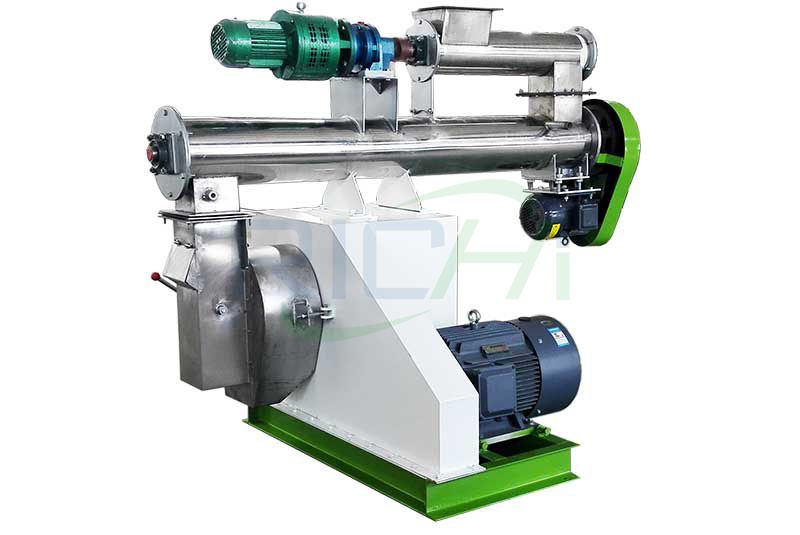
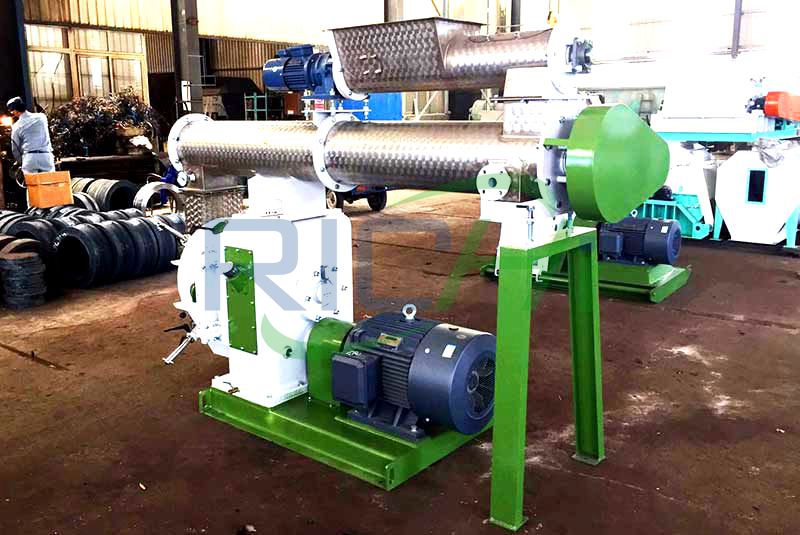
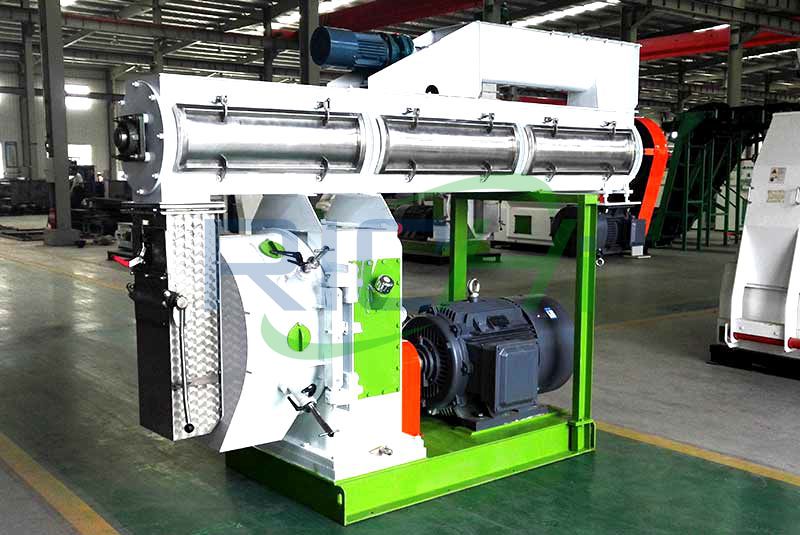
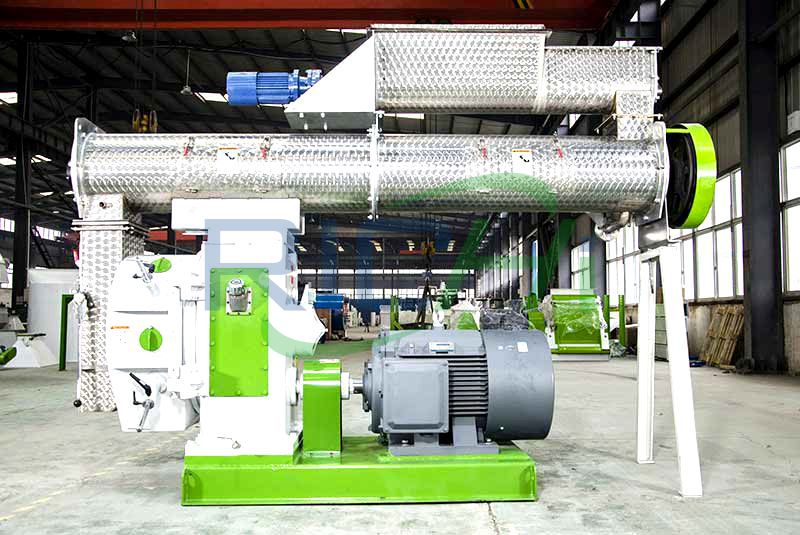
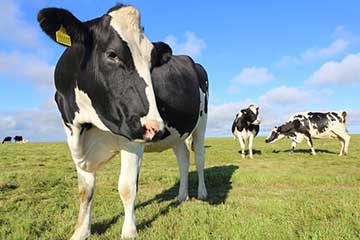
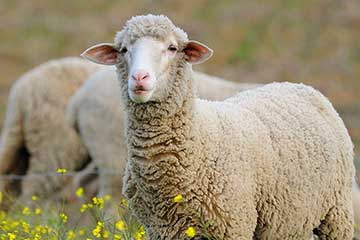
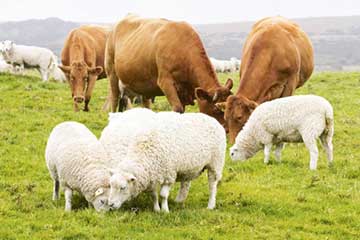
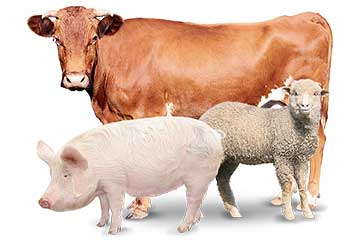
 Product Center
Product Center Get Latest Price
Get Latest Price